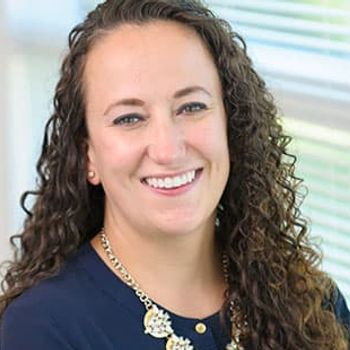
Lynn Malec, MD, joined us to discuss the phase 3 XTEND-Kids study of ALTUVIIIO in pediatric patients with hemophilia A.

Lynn Malec, MD, joined us to discuss the phase 3 XTEND-Kids study of ALTUVIIIO in pediatric patients with hemophilia A.
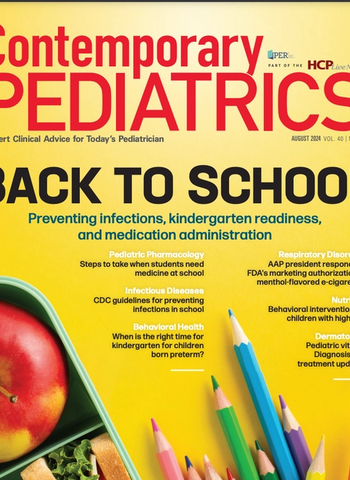
Editor-in-chief Tina Tan, MD, FAAP, FIDSA, FPIDS, highlights the August 2024 issue of Contemporary Pediatrics.
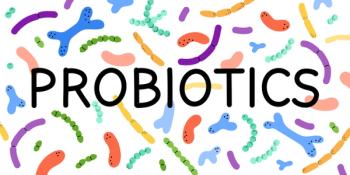
A secondary analysis of a randomized trial points to limited benefits on the microbiota.
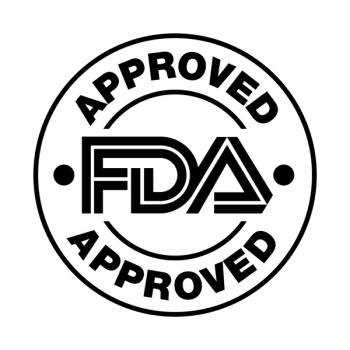
Results confirmed that a bedaquiline-containing regimen offered a significant improvement in treatment outcomes compared to injectable-containing regimens.

"I suspect that some doctors still have not changed their ways, so if you see your ENT, EM, or pediatric colleagues prescribing them, please ask them to stop." - Jon Matthew Farber, MD.

The decision makes pitolisant the first and only FDA-approved, non-scheduled treatment option for daytime sleepiness in this patient population.

The tool, the Kaiser Permanente neonatal EOS calculator, is designed to guide decision making based on objective data available at birth.

The 2 groups did not differ in how likely they were to fill at least 1 prescription of any antibiotic while enrolled in kindergarten.

As safe and effective gene-editing and gene-replacement therapies become more attainable, developing the delivery systems that ensure these treatments are equitably available will be equally essential.
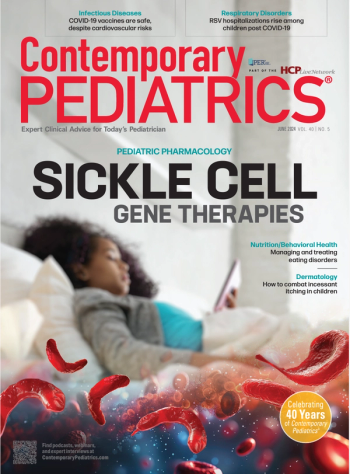
Editor-in-chief Tina Tan, MD, FAAP, FIDSA, FPIDS, highlights the June 2024 issue of Contemporary Pediatrics.

As teenagers become sexually active, are they fully educated on contraception and pregnancy?
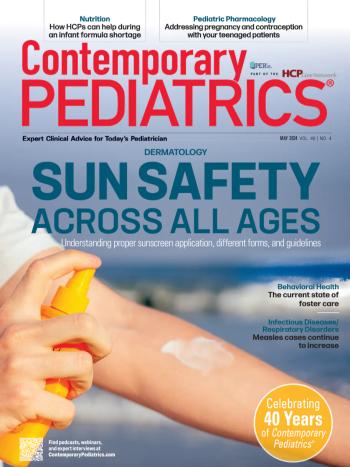
Editor-in-chief Tina Tan, MD, FAAP, FIDSA, FPIDS, highlights the April 2024 issue of Contemporary Pediatrics.

The resubmission was announced in a first quarter, 2024 earnings news release from Lilly, which expects "regulatory action in the second half of 2024."

The rare genetic disease causes the body's immune system to not function properly.

A decision from the federal agency is expected in the fourth quarter of 2024.

With the approval comes the immediate availability of 5 mg, 7.5 mg, 10 mg, 12.5 mg, and 15 mg doses for patients between 2 to 5 years of age.

Study in JAMA: Antenatal corticosteroids don't impact neurodevelopment in late preterm children aged 6 years and up.

The biosimilar to ustekinumab is approved for patients 6 years and up, and is expected to be marketed on or after February 21, 2025.

Abeona's pz-cel is up for indicated use to treat patients with recessive dystrophic epidermolysis bullosa.
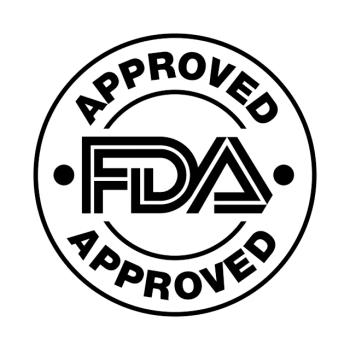
IXINITY is now approved to treat all patients with the hemophilia B to help control bleeding episodes, as well as reduce the frequency of them.
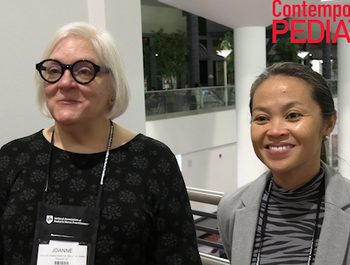
Psychopharmacologic agents used in the pediatric population from the perspective of their interactions with receptor targets in the brain and body.
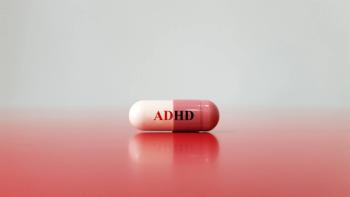
Understand how to naviate the current shortage of pediatric ADHD medications.

Investigators concluded that pharmacists at the pediatric HSSP performed clinical interventions beyond their daily clinical and operational activities, based on results from a study presented at the Health-System Pharmacists Midyear Clinical Meeting & Exhibition held in Anaheim, California, from December 3, 2023, to December 7, 2023.

A sneak peek at some of the most exciting sessions at this year's American Academy of Pediatrics national conference.
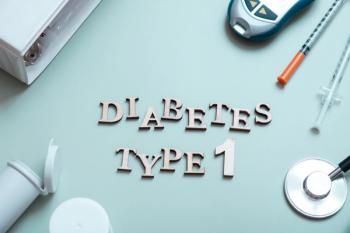
From 2006 to 2019, psychotropic medication use for those with type 1 diabetes (T1D) increased, leading investigators to call for risk-benefit studies, further evaluating effectiveness and improved diabetes care in this population.